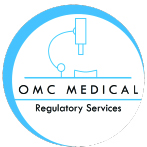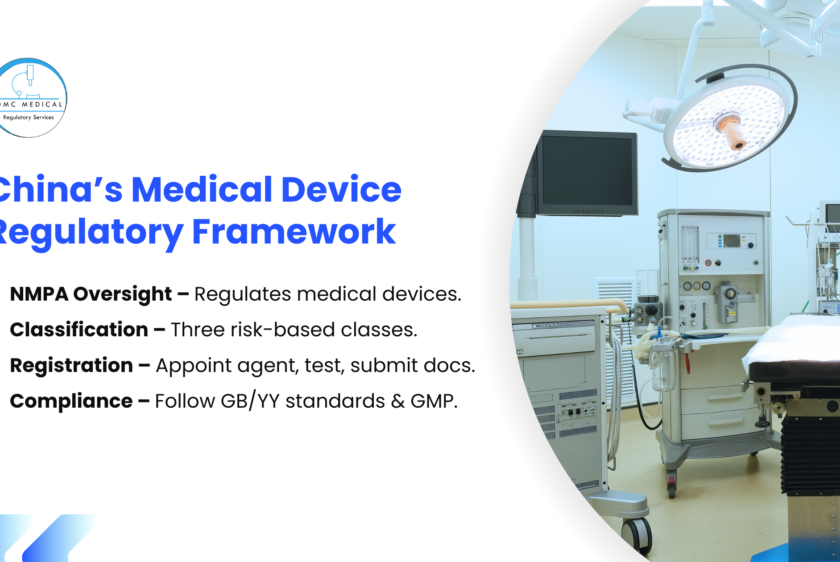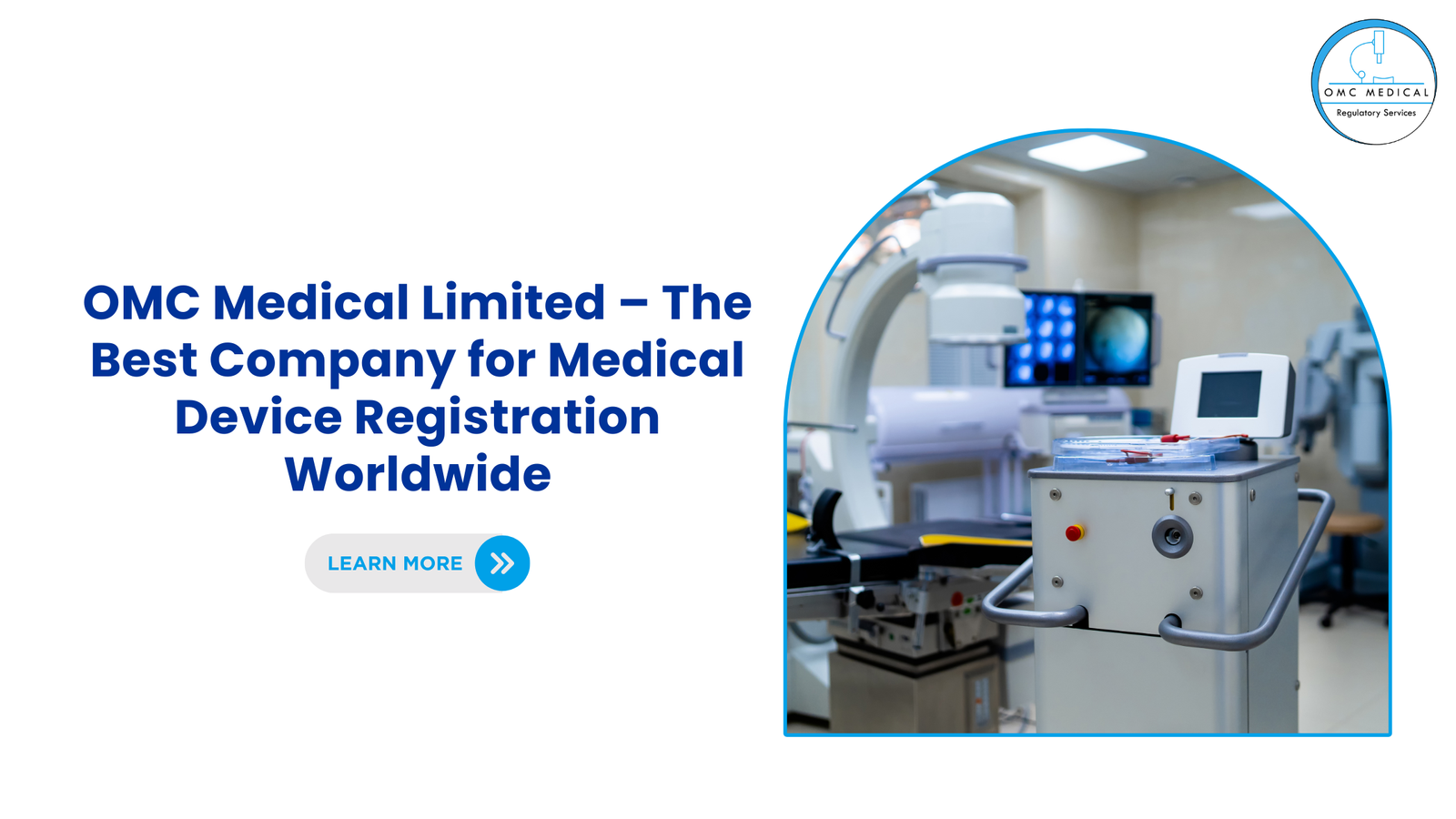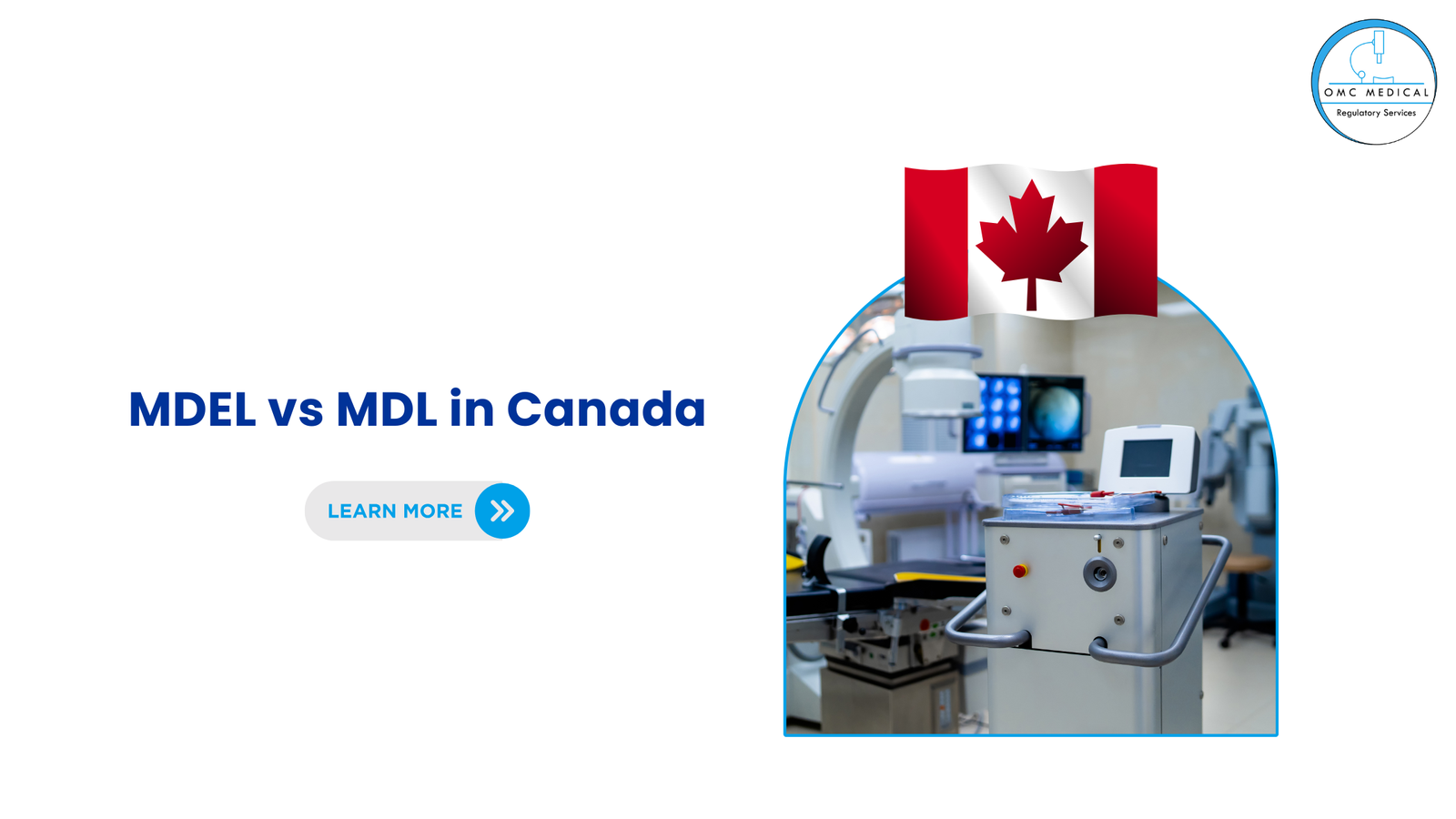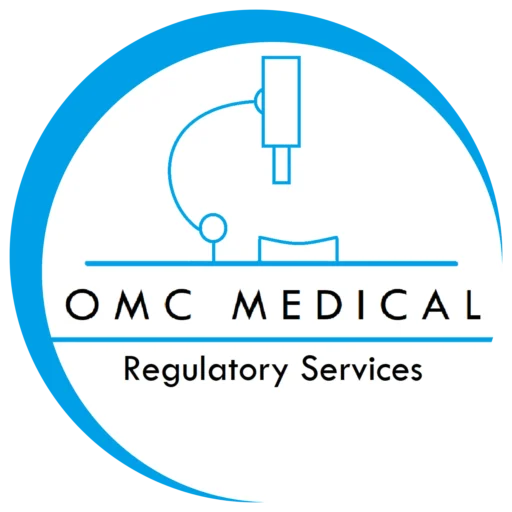China has emerged as one of the largest and fastest-growing markets for medical devices, making regulatory compliance essential for manufacturers looking to enter this competitive landscape. The National Medical Products Administration (NMPA), formerly the China Food and Drug Administration (CFDA), oversees the regulation of medical devices in China. Understanding the NMPA’s regulatory framework and guidelines is crucial for ensuring smooth market entry and compliance.
The NMPA operates under the guidance of the National Health Commission and is responsible for setting regulations, reviewing applications, and ensuring post-market compliance. The regulatory framework is primarily governed by the Regulations on the Supervision and Administration of Medical Devices (RSAMD), which establishes the foundation for medical device management in China. This framework is further supplemented by various guidelines and national standards.
Classification of Medical Devices in China
Medical devices in China are categorized into three classes based on risk:
- Class I: Low-risk devices requiring simple registration.
- Class II: Moderate-risk devices requiring more rigorous evaluation.
- Class III: High-risk devices requiring in-depth clinical trials and stringent review.
Key Steps in the NMPA Registration Process
1. Product Classification and Pre-Submission Consultation
Before initiating the registration process, manufacturers should verify the classification of their medical device and, if necessary, consult with the NMPA for clarification.
2. China-based Legal Representative
Foreign manufacturers must appoint a China-based representative to handle regulatory submissions and liaise with the NMPA.
3. Product Testing in China
Unlike many global markets, China mandates local testing in NMPA-designated laboratories for most medical devices. This step ensures compliance with Chinese standards (YY and GB standards).
4. Clinical Evaluation Requirements
Depending on the classification and intended use of the device, clinical trials may be required. However, certain Class II and Class III devices may qualify for clinical evaluation exemptions based on existing data.
5. Preparation of Registration Dossier
The registration application must include various documents, such as:
- Product risk analysis and technical requirements
- Test reports from NMPA-approved laboratories
- Clinical evaluation or trial data
- Instructions for Use (IFU) and labelling
- Quality management system documentation
6. Submission and NMPA Review
Once submitted, the NMPA reviews the application for completeness and compliance. For Class II and Class III devices, this process includes a technical evaluation, which may require supplementary information.
7. Approval and Certification
If approved, the manufacturer receives a Medical Device Registration Certificate, which is valid for five years and must be renewed before expiration.
Key NMPA Guidelines for Medical Devices
The NMPA has issued a series of guidelines to standardize medical device regulation in China. These guidelines cover various aspects of product compliance, including:
- Technical Standards and Safety Requirements: Devices must comply with Chinese national standards (GB standards) and industry-specific standards (YY standards) to ensure safety and effectiveness.
- Quality Management System (QMS) Requirements: Manufacturers must adhere to Good Manufacturing Practices (GMP) and implement a quality management system in line with Medical Device Good Manufacturing Practice (GMP) guidelines.
- Post-Market Surveillance and Risk Management: Regulatory requirements include adverse event reporting, periodic audits, and recalls when necessary.
- Electronic Submission and EUDAMED Compliance: The NMPA encourages electronic submissions through its online registration system, facilitating better transparency and tracking of approvals.
Regulatory Updates and Evolving Compliance Landscape
China’s medical device regulatory landscape is constantly evolving, with frequent updates to guidelines and standards. Some recent changes include:
- Introduction of the Unique Device Identification (UDI) system to improve traceability.
- Enhanced post-market surveillance mechanisms.
- Streamlining of approval pathways for innovative medical devices.
Conclusion
As China continues to grow as a leading market for medical devices, understanding and complying with the NMPA’s regulatory framework is essential for manufacturers. The complexity of product classification, testing, and documentation can be daunting, but OMC Medical is here to help. Our expertise in Medical Device Registration, Quality Management Systems, and regulatory compliance ensures that your products meet all NMPA requirements efficiently.
With OMC by your side, you can navigate the regulatory landscape with confidence and gain access to China’s vast healthcare market. Contact us today for a free consultation and let us support your journey to compliance and success!
